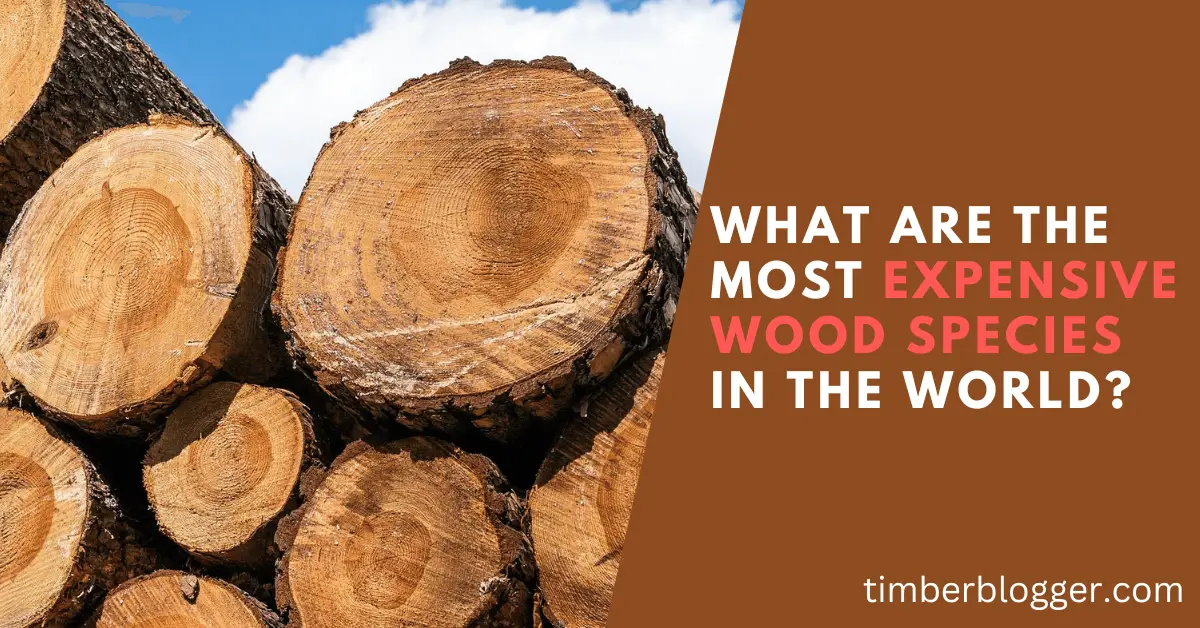Some hardwoods are more durable, stable, and rot-resistant than other woods, so they are in high demand and price. By the way, the price of wood depends on many things like rarity, quality and characteristics and processing and sourcing.
Wood species that are in high demand often face heavy deforestation to meet the supply, resulting in significant declines in the populations of several wood species. Therefore, many wood species are rare and expensive.
This blog post covers 14 types of wood which are currently the most expensive wood species in the world.
African Blackwood ($100+/board foot)
African Blackwood is an extremely durable, stable, and deep dark hardwood. It is a tropical hardwood that is found in Africa, including in Tanzania and Mozambique. African Blackwood is one of the most expensive and rarest woods in the world, and it is prized for its deep dark color and fine texture.
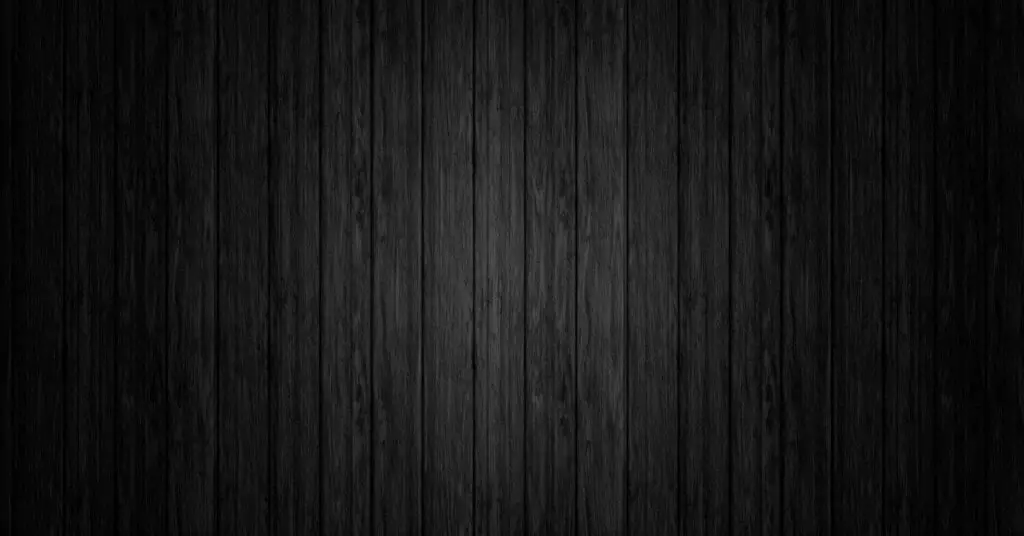
Price: African Blackwood is a rare wood that can cost up to $100/Board Foot.
Appearance: Completely deep dark, sometimes slightly lighter, with a dark brown or purple hue.
Uses: African Blackwood is used in high-end furniture, musical instruments, carving, tool handles, and other luxury items.
Workability: African Blackwood is extremely difficult to work with hand and machine tools because it is very hard and dense.
| # | African Blackwood |
| Scientific name | Dalbergia Melanoxylon |
| Average Weight | 79 lbs/ft3 (1,270 kg/m3) |
| Janka Hardness | 3,670 lbf (16,320 N) |
| Tree Size | 15-30 ft (5-9 m) tall |
African Blackwood Pros and Cons
Pros
- Looks very beautiful due to its dark color and uniform grain.
- Wood is extremely durable, rot, and insect-resistant.
- Wood has a straight grain with good luster.
Cons
- Working with African Blackwood is not easy at all.
- Its price is very high.
- Wood has been reported as a sensitizer.
Pink Ivory
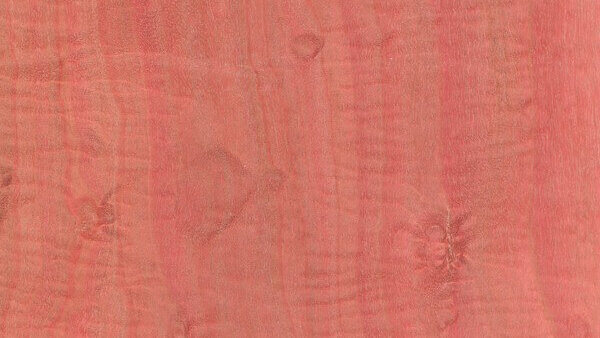
Pink ivory wood is a beautiful and unique wood. It is a natural rot and weather-resistant hardwood used for various wood products. Pink Ivory wood is native to southern Africa. Its bright pink color makes it different and unique from other wood.
Price: Pink Ivory wood can cost up to $70 to $80/Board Foot.
Appearance: Pink Ivory ranges from pale brownish pink to bright pink. The color fades or becomes dull over time when the wood is exposed to sunlight.
Uses: Pink Ivory is used for carving, tool handles, wine stoppers, chessmen, and other turned objects.
Workability: Wood is difficult to work with and highly prone to creating a blunting effect on the cutting blade.
| # | Pink Ivory |
| Scientific name | Berchemia Zeyheri |
| Average Weight | 65 lbs/ft3 (1,035 kg/m3) |
| Janka Hardness | 3,230 lbf (14,370 N) |
| Tree Size | 100-120 ft (30-37 m) tall |
Pink Ivory Pros and Cons
Pros
- Wood looks very attractive and unique.
- Rated as very durable, rot, and weather-resistant.
- Wood has a straight to interlocked grain with good luster.
Cons
- Wood is difficult to work with.
- Its price is very high.
Ebony Wood
Ebony is a hard, dense, and heavy dark-colored wood. It is rare and one of the most expensive woods in the world because of slow growth and high demand.
Ebony can be found in several parts of the world, such as Africa, India, Central America, and Southeast Asia.
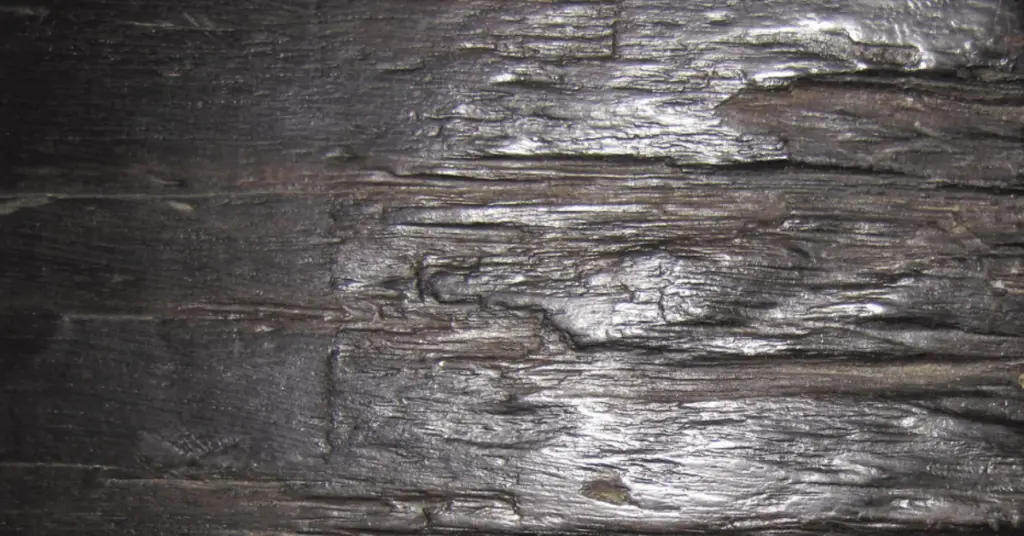
Price: Ebony lumber can range in price from $60 to $80 /board foot.
Appearance: The color of the wood of Ebony is black or dark brown.
Uses: Ebony wood is used for turned objects, furniture, cabinet work, tool handles, and musical instruments (such as piano keys).
Workability: Ebony is an extremely hard and dense wood. It can be difficult to work with. The problem of tear-out is often caused by its interlocked or irregular grain.
| # | Ebony wood |
| Scientific name | Diospyros |
| Average Weight | 60 lbs/ft3 (955 kg/m3) |
| Janka Hardness | 3,080 lbf (13,700 N) (African Ebony) |
| Tree Size | 50-80ft (15-24 m) tall |
Ebony wood Pros and Cons
Pros
- Ebony has great durability and strength.
- Dark colors look attractive.
- Easy to finish.
Cons
- Hard to work with
- A rare wood, availability is low.
Brazilian Rosewood
Brazilian Rosewood is a dark-colored, strong, durable, and excellent rot-resistant hardwood that is native to Brazil. Brazilian Rosewood is a beautiful and rare wood used for a wide variety of projects.
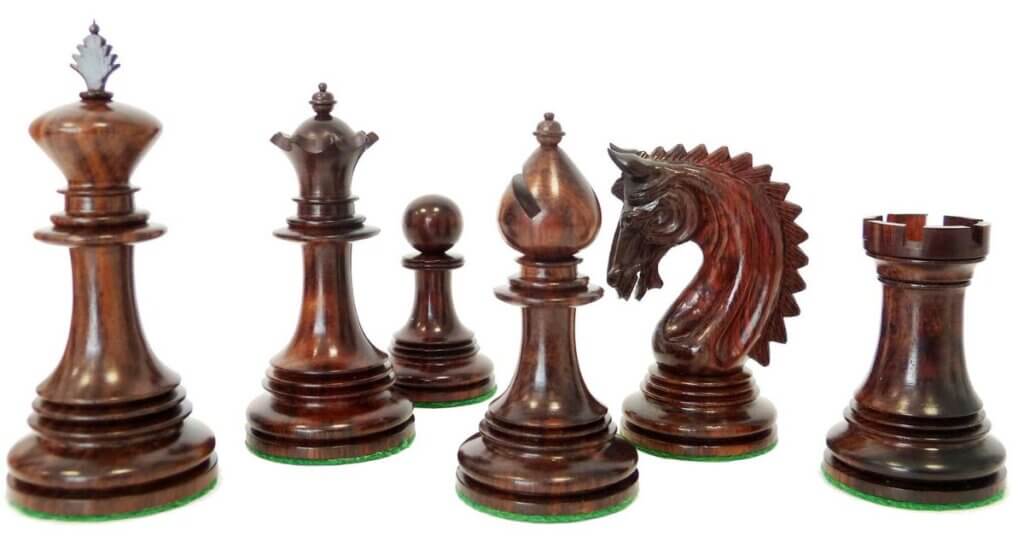
Price: Purpleheart wood can range from $60 to $70 per board foot.
Appearance: The color of the wood varies from dark chocolate brown to reddish brown. The wood also has streaks of dark brown or black color.
Uses: Wood is used for furniture, flooring, musical instruments, veneer, and small wooden decorative items.
Workability: Brazilian Rosewood is easy to work with hand and machine tools. But it is prone to blunt impact on cutting blades and tools. Recommended using sharp tools.
| # | Brazilian Rosewood |
| Scientific name | Dalbergia nigra |
| Average Weight | 52 lbs/ft3 (835 kg/m3) |
| Janka Hardness | 2,790 lbf (12,410 N) |
| Tree Size | 90-130 ft (28-40 m) tall |
Brazilian Rosewood Pros and Cons
Pros
- It is extremely durable and stable.
- Doesn’t warp easily
- Easy to work.
Cons
- Expensive
- Wood has been reported as a sensitizer.
Cocobolo Wood
Cocobolo wood is extremely hard, strong, stable, and durable, making it perfect for ornate furniture and musical instruments. It comes from Central America. It is a very unique and beautiful wood and is prized for its beautiful colors and patterns.
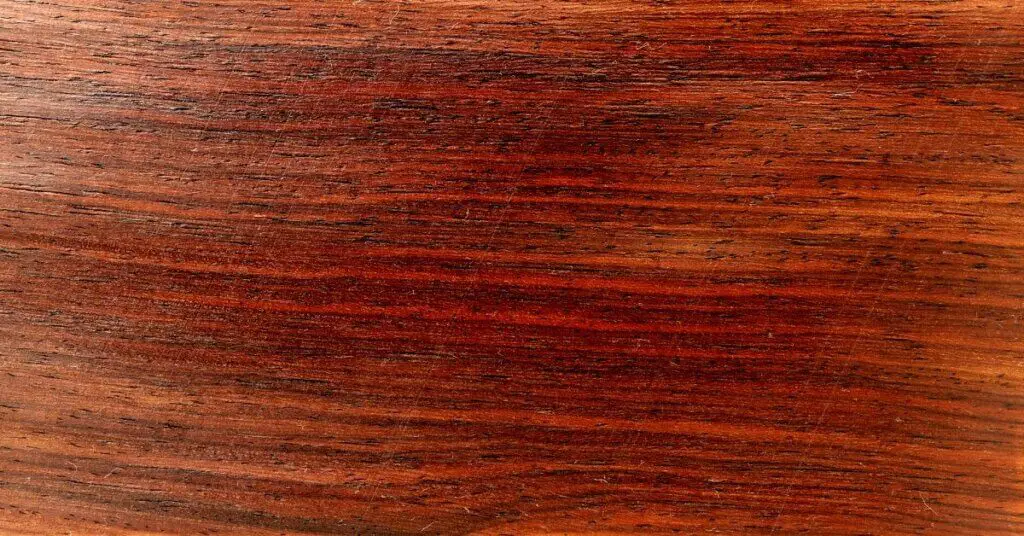
Price: The price of Cocobolo wood can range from $50 to $60 per board foot. It is a rare wood that has a high demand.
Appearance: Cocobolo wood comes in many colors. Its color can be yellow, orange, red, or light to dark brown.
Uses: Cocobolo wood is used for high-quality furniture, musical instruments, turnery, tool handles, and other objects.
Workability: Wood is difficult to work with. Its high density of wood creates a blunting effect on the cutting blade and edge, and due to its high oil content, glueing can also be a problem.
| # | Cocobolo Wood |
| Scientific name | Dalbergia retusa |
| Average Weight | 68.5 lbs/ft3 (1,095 kg/m3) |
| Janka Hardness | 2,960 lbf (14,140 N) |
| Tree Size | 40-60 ft (13-18 m) tall |
Cocobolo wood Pros and Cons
Pros
- Cocobolo wood is very durable and resistant to rot and insect attack.
- It has an exotic appearance and looks beautiful.
Cons
- Difficult to work with.
- Cocobolo wood is reported as a sensitizer, it can cause skin, and eye irritation.
Koa Wood
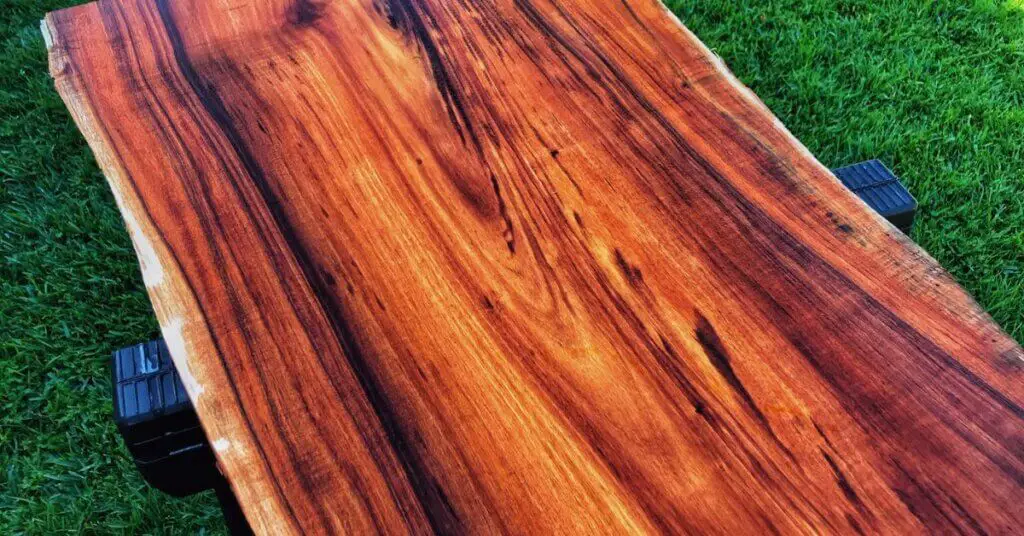
Koa wood is a strong, stable, and moderately durable wood. Wood is prized for its beautiful color and unique patterns. Koa wood is a hardwood that is found only in Hawaii; therefore, it is rare.
Price: The price of Koa wood can range from $20 to $50 per board foot. Premium full-curl lumber can cost up to $100.
Appearance: The color of koa wood can range from reddish gold to medium golden. The growth ring can be easily seen in the wood.
Uses: Wood is used for veneer, furniture, cabinetry, guitars, bodies, gunstocks, carvings, bowls, and other objects.
Workability: Koa wood is easy to work with, turns, stains, and finishes well. Due to interlock and irregular grain can be difficult to plane or machine.
| # | Koa Wood |
| Scientific name | Acacia koa |
| Average Weight | 38 lbs/ft3 (610 kg/m3) |
| Janka Hardness | 1,170 lbf (5,180 N) |
| Tree Size | 65-115 ft (20-35 m) tall |
Koa Wood Pros and Cons
Pros
- Koa wood looks attractive due to its dark color and grain pattern.
- Koa wood is easy to work with and easy to maintain.
Cons
- Wood is susceptible to termite attacks.
- Wood is expensive and rare.
Sandalwood
Sandalwood is a type of wood that comes from the genus Santalum, native to Southeastern India. It is famous as a fragrant wood. Wood has a very rich, distinctive smell. It is an extinct species due to continuous harvesting.
Price: Sandalwood can range in price from around $250 to $700 per Kg.
Appearance: The color of the wood is pale yellow-gold.
Uses: Mostly, sandalwood is used for perfumes and cosmetics as well as for furniture and carving.
Workability: Sandalwood is easy to work with.
| # | Sandalwood |
| Scientific name | Santalum album |
| Average Weight | 48 lbs/ft3* |
| Janka Hardness | 1798lbf |
| Tree Size | 30-50 ft (9-15 m) tall, |
Sandalwood Pros and Cons
Pros
- It has a great fragrance.
Cons
- Sandalwood is not durable or strong, so it is not suitable for furniture.
Purpleheart Wood
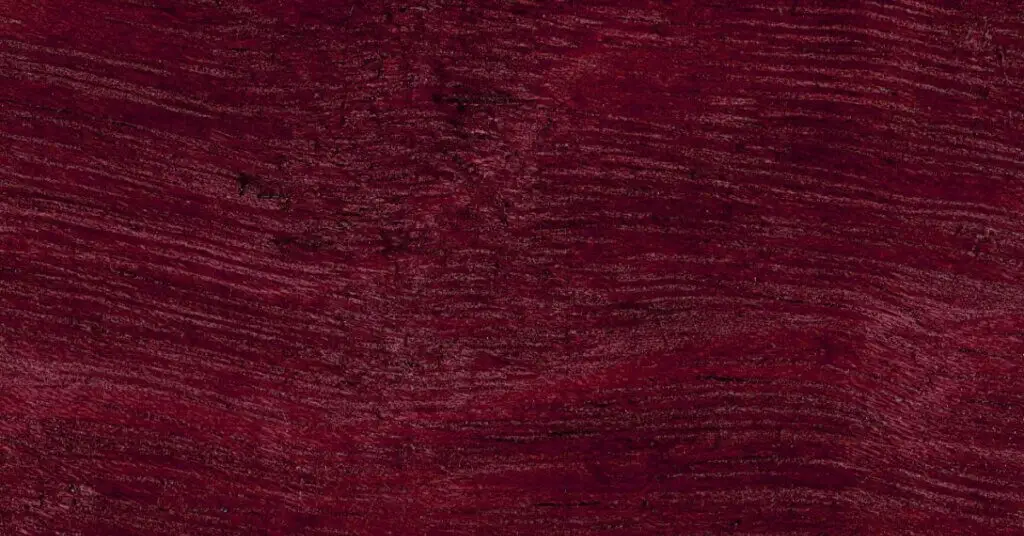
Purpleheart wood has a high resistance to decay and termites. It is extremely hard and durable. Purpleheart wood is known for its unique purple color. It is native to Central and South America.
Price: Purpleheart wood can range from $40 to $50 per board foot.
Appearance: The wood is grayish/purplish brown in color. Wood will darken to a dark brown over time when exposed to light.
Uses: Wood is used for woodturning, flooring, furniture, boatbuilding, heavy construction, and musical instruments.
Workability: Generally, Purpleheart wood is easy to work with. It sands and curves well. The high density of wood heats up the blade too much and makes it dull.
| # | Purpleheart Wood |
| Scientific name | Peltogyne spp. |
| Average Weight | 56.4 lbs/ft3 (905 kg/m3) |
| Janka Hardness | 2,520 lbf (11,190 N) |
| Tree Size | 100-170 ft (30-50 m) tall |
Purpleheart Wood Pros and Cons
Pros
- Very durable and resistant to rot and insects.
- Wood is so strong and dense.
- Unique color and pattern.
Cons
- Difficult to work with.
- It is a rare species, difficult to find.
Bubinga Wood
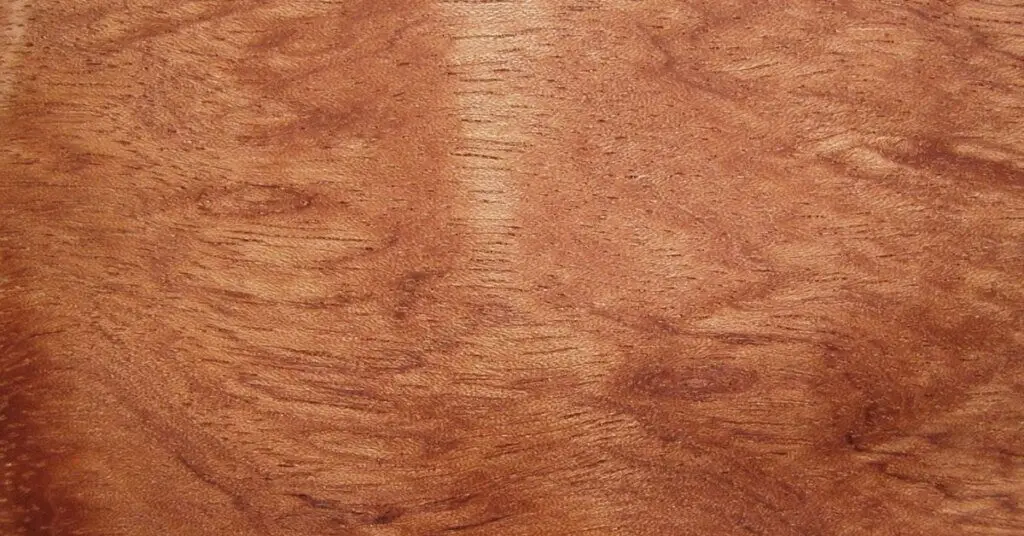
Bubinga wood is one of the most durable and hard. It is native to Africa. Wood is prized for its unique color and texture. Bubinga wood is prized for its strength and beauty.
Price: Bubinga lumber can range in price from $20 to $25 per board foot, depending on the quality of the wood and where it is sourced from.
Appearance: It has a very dark reddish-brown color with black streaks. Wood grain can be straight or interlocked.
User: Bubinga wood is used to make furniture, cabinetry, veneers, guitars, and more.
Workability: In general, Bubinga wood is easy to work with. It turns and finishes very well. But some species of Bubinga have a high silica content, so they are difficult to sawing wood.
| # | Bubinga wood |
| Scientific name | Guibourtia |
| Average Weight | 56 lbs/ft3 (890 kg/m3) |
| Janka Hardness | 2,410 lbf (10,720 N) |
| Tree Size | 130-150 ft (40-45 m) tall |
Bubinga wood Pros and Cons
Pros
- Bubinga wood is durable and stable.
- Wood is resistant to termite and marine borer attacks.
Cons
- Wood is not sustainable, it is listed in CITES appendix II.
Bocote Wood
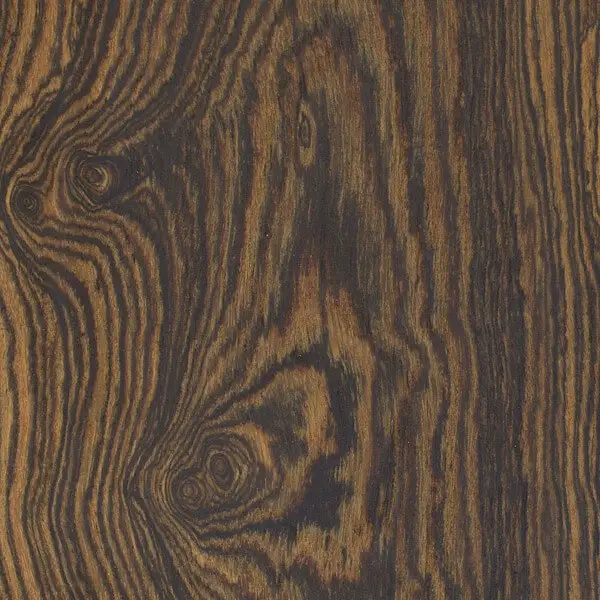
Bocote wood is a very strong, beautiful, and rare tropical hardwood. It has an exceptional grain pattern which makes it popular for fine furniture. Wood is native to Mexico and Central/South America.
Price: Bocote wood can range from $25 to $40 /board foot.
Appearance: Color can range from yellowish/golden brown to dark brown. It can be straight or interlocked grain.
Uses: Bocote wood is widely used for furniture, cabinets, veneer, musical instruments, flooring, inlays, knife handles, etc.
Workability: Generally, wood is easier to work with, but sometimes due to the silica in the wood, it dulls the blade.
| # | Bocote wood |
| Scientific name | Cordia spp. |
| Average Weight | 53 lbs/ft3 (855 kg/m3) |
| Janka Hardness | 2,010 lbf (8,950 N) |
| Tree Size | 60-100 ft (19-30 m) tall |
Bocote wood Pros and Cons
Pros
- Wood has unique grain patterns.
- Durable and strong.
Cons
- Susceptible to insect attack
- Bocote wood is easy to work with hand and machine tools.
Black Ironwood
Black Ironwood is a hard, dense, extremely durable, and rot-resistant hardwood. It is found in southern Florida, throughout the Caribbean, and from southern Mexico to Honduras.
Black Ironwood got its name “Ironwood” due to its heavy weight and density.
Price: The price of wood can range from $30 to $40 per board foot. Because it is a very slow-growing tree and is a short-length tree.
Appearance: The wood color is mainly light orange-brown to dark brown. It has a straight grain with a fine texture.
Uses: Black ironwood is mainly used as firewood. However, it finishes and carves very well, so it is also used for small-turned objects.
Workability: Black ironwood is very difficult to work with, as it is very hard. But turn and finish well.
| # | Black Ironwood |
| Scientific name | Krugiodendron ferreum |
| Average Weight | 84 lbs/ft3 (1,355 kg/m3) |
| Janka Hardness | 3,660 lbf (16,280 N) |
| Tree Size | 15-25ft (5 – 8m) tall |
Black Ironwood Pros and Cons
Pros
- Very durable and hard. Very less prone to damage.
- Extremely resistant to decay and termites.
Cons
- Very hard to work with due to its density.
Ziricote Wood
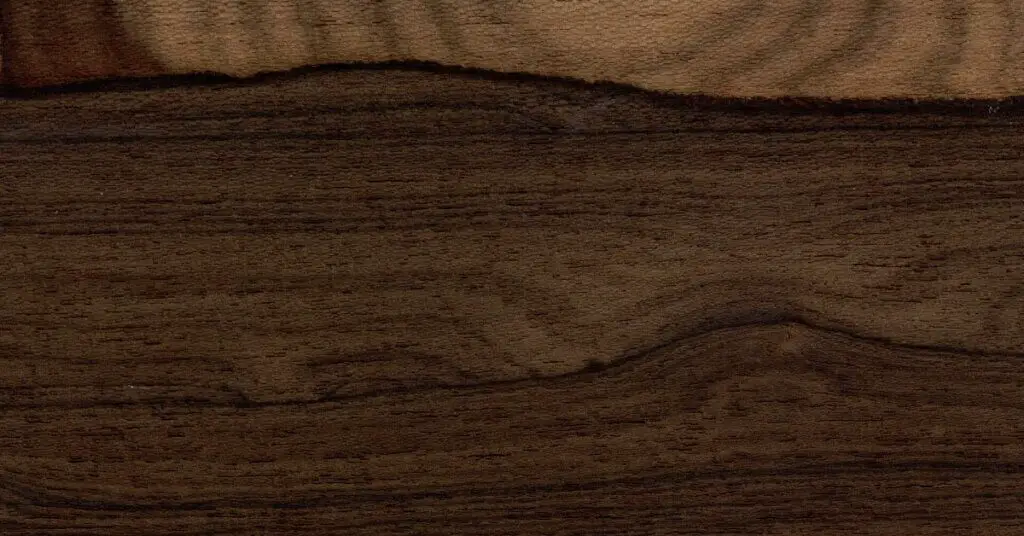
Ziricote wood is hard, dense, and rot-resistant hardwood. It is native to Mexico and Central America. Wood has a high oil content and is naturally resistant to rot and decay.
Price: The price of Ziricote wood can range from $30 to $50/board foot per board foot.
Appearance: The color of the wood ranges from brown to dark brown, with black stripes.
Uses: Ziricote wood is used for furniture, cabinets, veneer, trim, gunstock, guitar bodies, and turned objects.
Workability: Ziricote wood is easy to work with hand and machine tools.
| # | Ziricote Wood |
| Scientific name | Cordia dodecandra |
| Average Weight | 50 lbs/ft3 (805 kg/m3) |
| Janka Hardness | 1,970 lbf (8,780 N) |
| Tree Size | 25–30 ft (8-10m) |
Ziricote Wood Pros and Cons
Pros
- Unique appearance and properties.
- Zirocote wood is easy to work with. It turns and finishes well.
- Wood is naturally rot-resistant.
Cons
- Ziricote wood is reported as the sensitizer. Dust can cause skin irritation.
Holly Wood

Holly Wood is one of the most valuable hardwoods that are native to the Eastern United States. It is also one of the whitest woods.
Price: Holly Wood costs up to $50-60/board foot.
Appearance: Generally, the color of the wood is pale white/light creamy, and the grain is interlocked and irregular.
Uses: Holly wood is popular for furniture, piano keys, inlays, and turned objects.
Workability: Holly wood is challenging to work with because of knots and interlocked and irregular grains.
| # | Holly Wood |
| Scientific name | Ilex opaca |
| Average Weight | 40 lbs/ft3 (640 kg/m3) |
| Janka Hardness | 1,020 lbf (4,540 N) |
| Tree Size | 40-50 ft (10-15 m) tall |
Holly wood Pros and Cons
Pros
- Easy to glue, stains, and finishes well.
- Very uniform color.
Cons
- Difficult to work with.
Agarwood
Agarwood is an aromatic wood that is a dark resinous substance. Wood is found in Thailand, Indonesia, and Malaysia. Agarwood is one of the rarest wood species in the world.
Due to its properties, it is also known as the “wood of the Gods”. Wood is light and pale colored, and the color of agarwood oil is dark reddish.
This wood is so expensive that it is very difficult to get it in board form. It is mainly sold in the form of wood chips.
Price: Its cost is about $100000 per kilogram.
Uses: Agarwood has been used in perfumes, incense, and to make medicine for centuries. It has been used in Ayurvedic medicine for thousands of years as well.
So these were some such species of wood that are very expensive all over the world. Their cost is more than steel and iron. The price of this wood changes frequently, so when you are reading this post, it may be that the wood has changed.
Why are Hardwoods More Expensive? Not Softwoods
You might be thinking! In this list as given above, all the woods are hardwood which is expensive, why not any softwood?
There are reasons for the high cost of hardwood, but the main reason is the growth rate of the trees. Softwood trees grow faster than hardwood trees.
Hardwood trees are more harvested because most hardwoods are darker, stronger, and more durable than most softwoods. So most people prefer hardwood instead of softwood. Due to the continuous deforestation of hardwood, many hardwood species are on the verge of extinction.

